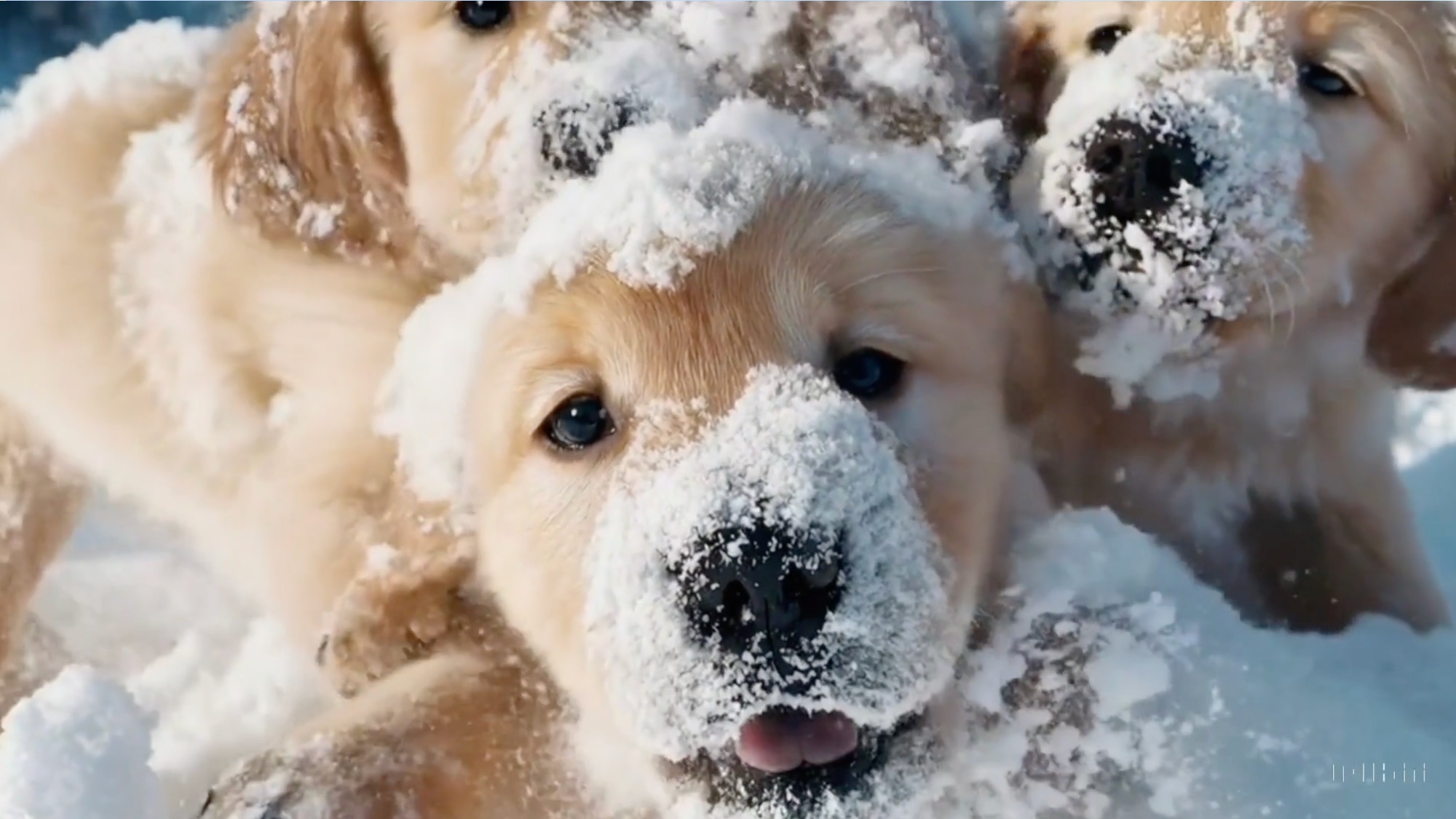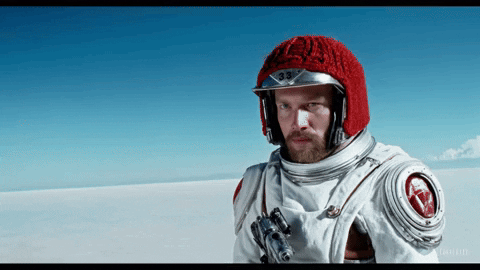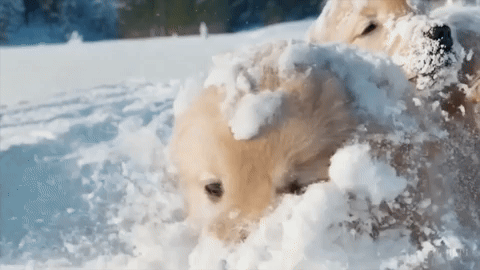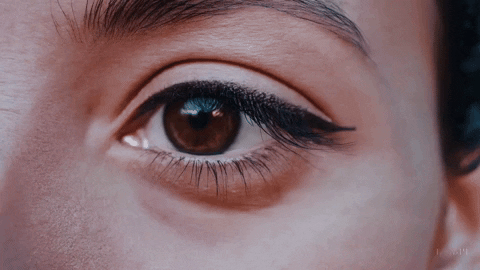
OpenAI, which has taken the AI world by storm with Chat-GPT and its text-to-image generator DALL-E, is upping the ante with a new text-to-video platform.
The tech giant unveiled Sora Thursday (February 15). It's an AI-based text-to-video generator that lets users create up to a one-minute video using only text prompts. Sora is powered by a simple text box that allows users to input whatever text prompts they want. It then returns a video matching what they requested, regardless of how detailed their request may be.

After OpenAI announced the news, CEO Sam Altman took to X (formerly Twitter), where he solicited prompts from followers. He then retweeted videos based on those requests, including one of two golden retrievers podcasting on top of a mountain. Sora generated the video with ease
https://t.co/uCuhUPv51N pic.twitter.com/nej4TIwgaPFebruary 15, 2024
There's also plenty of examples of Sora in action on OpenAI's website, including a video generated by a text prompt calling for "a litter of golden retriever puppies playing in the snow." The resulting footage looks pretty realistic, even if the physics of some of the snow being flung around might need some fine-tuning.
Text prompts can get pretty specific, still yielding some impressive results. Here's a clip of what was produced from this detailed prompt: "A movie trailer featuring the adventures of the 30 year old space man wearing a red wool knitted motorcycle helmet, blue sky, salt desert, cinematic style, shot on 35mm film, vivid colors."

Despite its apparent promise, Sora is not available for public use, and the company made clear in a blog post that it’s only making it available to a set of testers and people in the creative community to try out with an eye toward making improvements. OpenAI stopped short of saying when Sora would be available publicly, though the company told NBC News that it wouldn’t be “broadly available in our products soon.”
Still, it seems likely Sora will be made available at some point, considering there are other companies in the space, including the U.S.-based Runway and UK-based Synthesia.
While the initial videos from OpenAI are fun and the technology sounds exciting to those fully invested in AI, it raises questions about the limitations of what can be created with the platform. With an ever-increasing number of deepfakes hitting the Internet, Sora could very easily be used for nefarious means. And given how detailed someone can be in requesting a video, it’s not beyond the realm of possibility that users create fake videos, shared to social media, that others believe are realistic.

To combat that, OpenAI said that it plans to embed metadata and other artifacts in its videos so Internet users can quickly determine whether a video was created with Sora. The company also hopes that its team of testers and experts will identify areas where misinformation or other harmful content could be generated by bad actors and stamp them out before Sora becomes public.
Still, OpenAI acknowledged it may not address every possibility.
“Despite extensive research and testing, we cannot predict all of the beneficial ways people will use our technology, nor all the ways people will abuse it,” OpenAI said in a blog post. “That’s why we believe that learning from real-world use is a critical component of creating and releasing increasingly safe AI systems over time.”
At first blush, Sora’s videos look interesting, but some are clearly fake and lack the kind of resolution and realism you’d expect from a real-world video. Still, with plenty of time to test and improve, it should be fascinating to see what Sora can deliver if and when it’s made available to the public.







